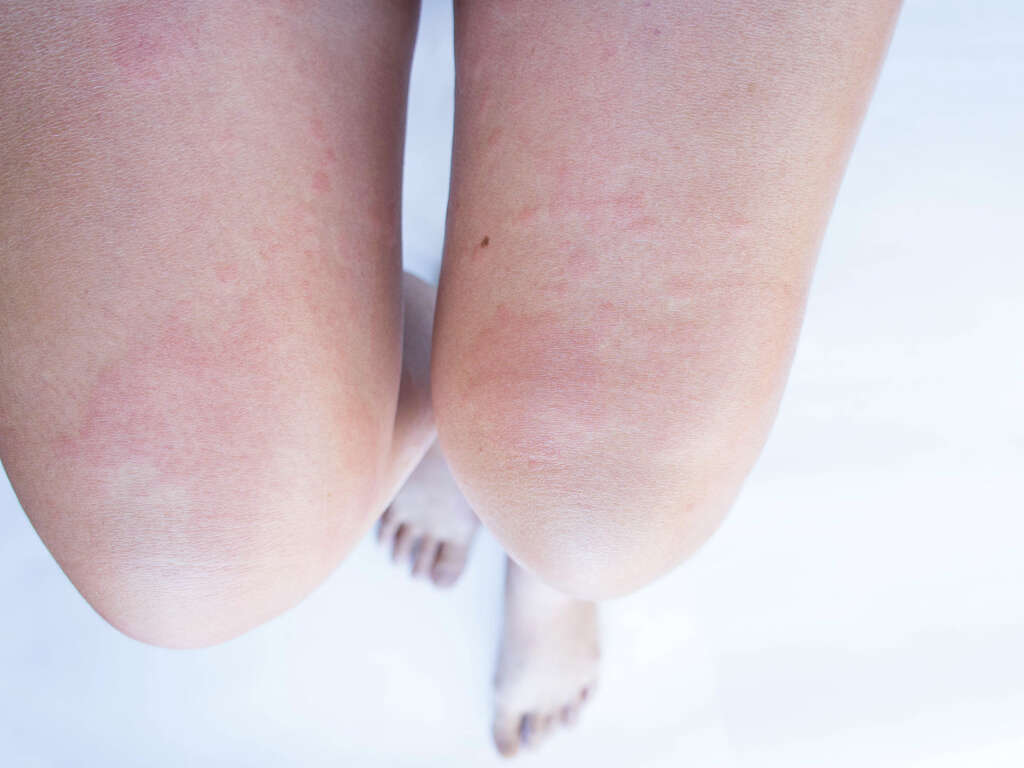What Is MCTD?
Learn more about the rare autoimmune condition MCTD. Mixed connective tissue disease is typically seen in three separate connective tissue disorders. Explore the causes, symptoms, treatment options and outlook for individuals with MCTD.
Scleroderma, systemic lupus erythematosus and polymyositis are all disorders related to MCTD. The most common individuals with this disease are women under the age of 30, but it can affect individuals at all stages in life. The treatment options vary depending on the particular symptoms. Most symptoms are moderate, though some can be severe.

1. What Causes MCTD?
As an autoimmune disorder, the exact causes of MCTD remain unknown. An autoimmune disorder is caused by an issue with the immune system. This system in the body searches for unknown cells and other intruders in your body and fights them off to prevent the spread of infection and disease.
An autoimmune disorder describes a particular imbalance or error in the immune system’s normal functioning. Instead of only attacking damaged or foreign cells, this immune system attacks specific healthy cells in the body, which causes the related symptoms. The specific cells being targeted affect the symptoms and treatment options for this disorder. Researchers are still working to understand these disorders and to create successful treatment and prevention plans.

2. Is It Inherited?
Many autoimmune disorders appear to have a genetic element. This means that individuals with one or more family members with a particular disorder are more likely to develop it. The genetic role of MCTD is unclear, so researchers have yet to determine whether this particular disorder has family history as a risk factor.
Some research seems to point to an inherited element. If a parent or family member has MCTD or another autoimmune disorder then an individual is at higher risk of developing this condition. However, more research is needed to determine the exact nature of inheritance with this disorder.

3. What Are Common Symptoms?
This disorder can cause a wide range of symptoms. Between 80% and 99% of individuals with MCTD experience joint inflammation, autoimmune disease, high ESR, chest pain and difficulty breathing. These are the most common symptoms, but others can occur.
Some symptoms overlap with other autoimmune and connective tissue disorders. For example, joint pain related to rheumatoid arthritis is common in individuals with MCTD. These related symptoms could all be attributed to this disorder, but there is considerable overlap in individuals experiencing multiple autoimmune disorders.

4. Are There Any Other Possible Symptoms?
The symptoms of MCTD, like other autoimmune disorders, are determined by the particular cells that the immune system decides to attack. While joint pain, inflammation and chest pain are common symptoms, there are a wide range of additional symptoms that may manifest with this disorder.
Less-typical symptoms include unusual lung functioning, kidney disease, swelling and puffy skin, lupus-like rashes and dysfunction of the esophagus. Many of these symptoms cause pain and irritation and some, like unusual lung functioning, can lead to more serious complications. Rare cases can include neurologic abnormalities, such as blockage of cerebral vessels.

5. Are There Any Typical Risk Factors?
Understanding the risk factors may help healthcare professionals identify cases earlier and work to create a treatment plan. However, because the exact causes of MCTD remain unknown, it is difficult to determine risk factors.
There are a few research findings. The Genetic and Rare Diseases Information Center found that women are three times more likely to develop MCTD compared to men. The most common ages for diagnosis are between 15 and 25, but any women under 50 are much more likely to be diagnosed than other demographic.

6. How Is It Diagnosed?
Autoimmune disorders are difficult to diagnose, and MCTD is no exception. Because the symptoms of this disorder mirror a number of other connective tissue disorders, the diagnosis can change from one year to the next. Many cases are initially diagnosed as a single connective tissue disorder, like rheumatoid arthritis or scleroderma, before symptoms change and the diagnosis of MCTD is reached.
Ask your doctor about any symptoms you may be experiencing. Certain antibodies are linked with autoimmune disorders, so your doctor may ask for a blood test. Your medical history and family history can also help rule out other disorders.

7. How Is It Treated?
Because there is no cure or exact prevention strategy for MCTD, current treatment options are focused on symptom management. Your doctor may recommend medication, lifestyle changes or both to reduce the severity of symptoms. Medication can provide rapid relief while lifestyle changes can be a prevention strategy to reduce the risk of autoimmune flare-ups.
Nonsteroidal anti-inflammatory drugs are the most common medical treatment recommended to reduce symptoms. These medications can reduce inflammation and pain in joints and muscles. Glucocorticoids may also be recommended in severe cases. Some individuals require long-term medication, while others take one or more medications to lessen symptoms during flare-ups.

8. What Lifestyle Changes Can Improve Symptoms?
There are a few lifestyle changes that can reduce or prevent joint pain, inflammation and other MCTD-related symptoms. Regular exercise is a great way to improve muscle strength and reduce blood pressure. Smoking increases the severity of symptoms by narrowing blood vessels, so quitting smoking is recommended.
Diet-related changes include increasing iron and fiber intake. Approximately 75% of individuals with MCTD have an iron deficiency. Fiber improves digestive tract health. Finally, decreased salt intake is linked with lowering blood pressure. These diet and lifestyle changes can not only decrease the risk of a flare-up but limit the severity of complications by increasing muscle health and reducing blood pressure.

9. What Is the Outlook for Individuals With MCTD?
Few cases of MCTD become serious. While there is no cure for this disorder, most individuals are able to manage symptoms and limit the effects. Working closely with medical professionals can help find the ideal balance of medication and lifestyle changes to successfully manage this autoimmune disorder.
While uncommon, some individuals experience more serious complications. The 10-year survival rate for individuals with this disorder is 80%. Issues related to severe inflammation and high blood pressure can become serious if not managed. It’s important to work closely with a medical professional to discuss the severity of symptoms and any necessary changes.

10. How Common Is It?
Approximately two in every 100,000 individuals have this disorder. Of those individuals, 84% are women. Other autoimmune and connective tissue disorders are more common, but mixed connective tissue disease remains a rare disease worldwide.
Some cases are initially diagnosed as a single connective tissue disorder, such as rheumatoid arthritis, so the diagnosis rate may be slightly higher than represented. Due to the rarity of this disorder, severe cases are especially uncommon.












